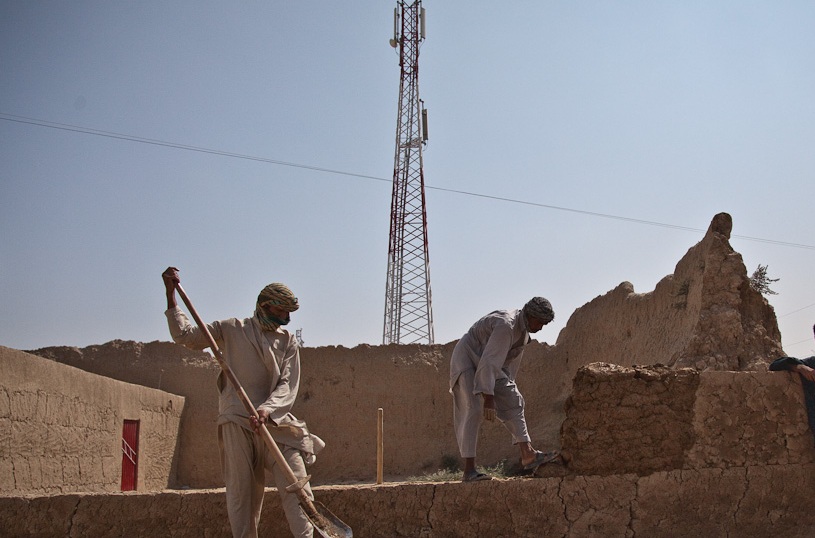Although India is the world’s second largest country in terms of mobile subscriber base, but the telecom penetration in its rural sector is still patchy. Ironically, rural India accounts for 70% of entire population, but it accounts just 29% of the country’s total telephone (wireless and wireline) subscriber base. As of July 2012, India had 944.81 million subscriber base and really, the country needs to focus on its collaborative stakeholder ecosystem and drastic innovation in the service delivery in order to achieve 1 billion subscriber base mark. According to a recent report from Wipro Infotech, the first phase of Indian telecom subscriber base (500 million) growth was led by urban penetration.
The firm has also reported that lots of factors such as education background, lower banking privileges and poor infrastructures are responsible for plaintive telecom penetration in rural India. The rural sector of the country contributes almost 45% to its total GDP, despite of this, 65% of rural population is still unbanked. UP emerges as highest contributor to VAS revenue across the circles and Bihar is at the top in the pre-paid recharges asserting. In rural sector of the country, the PC and Mobile ratio is 3:26; Definitely, it opens an opportunity for mobile broadband vendors, but it will depend upon them how to entice the population.
A dependency of telecom towers on direct grid (DG) is also one of the major concerns. The power supplied by direct grid ranges from 2 to 6 hrs daily in the rural areas and really, it’s tough for operators to manage ‘a proper run of the tower’ in such regions. In addition to these, the road infrastructure is also pathetic in the rural sector , if once the tower shuts down , then it’s not easy for telecom service providers to fix the issue immediately due to poor road infrastructure.
As per the report, a setting up cost of a tower in India is around 30-35 lakhs, means for rural tower coverage, there’s need of INR 75,000 crore capital expenditure (CAPEX). Definitely, a huge CAPEX is required to setting up infrastructure realted to roads, power, tower site and other. The main hurdle is here that an average revenue per user (ARPU) is quite low in rural sector, just INR 10 per month. On the other hand, ARPU in urban sector is three times more as of rural sector. If telecom vendors once invest into setting up infrastructure in rural sector, then the recovery of the investment will become one of the challenges for them.
Although India has second highest mobile subscriber base, but the country has one of the lowest allocated spectrum. Indian Telecom service providers (TSPs) have just 7-8 MHz of spectrum, while an average band allocated to international vendors is 17.5 MHz. Indeed, the telephone (wireless and wireline) penetration in rural India has become one of the major challenges and we can’t ignore the contribution of rural sector to national GDP.


